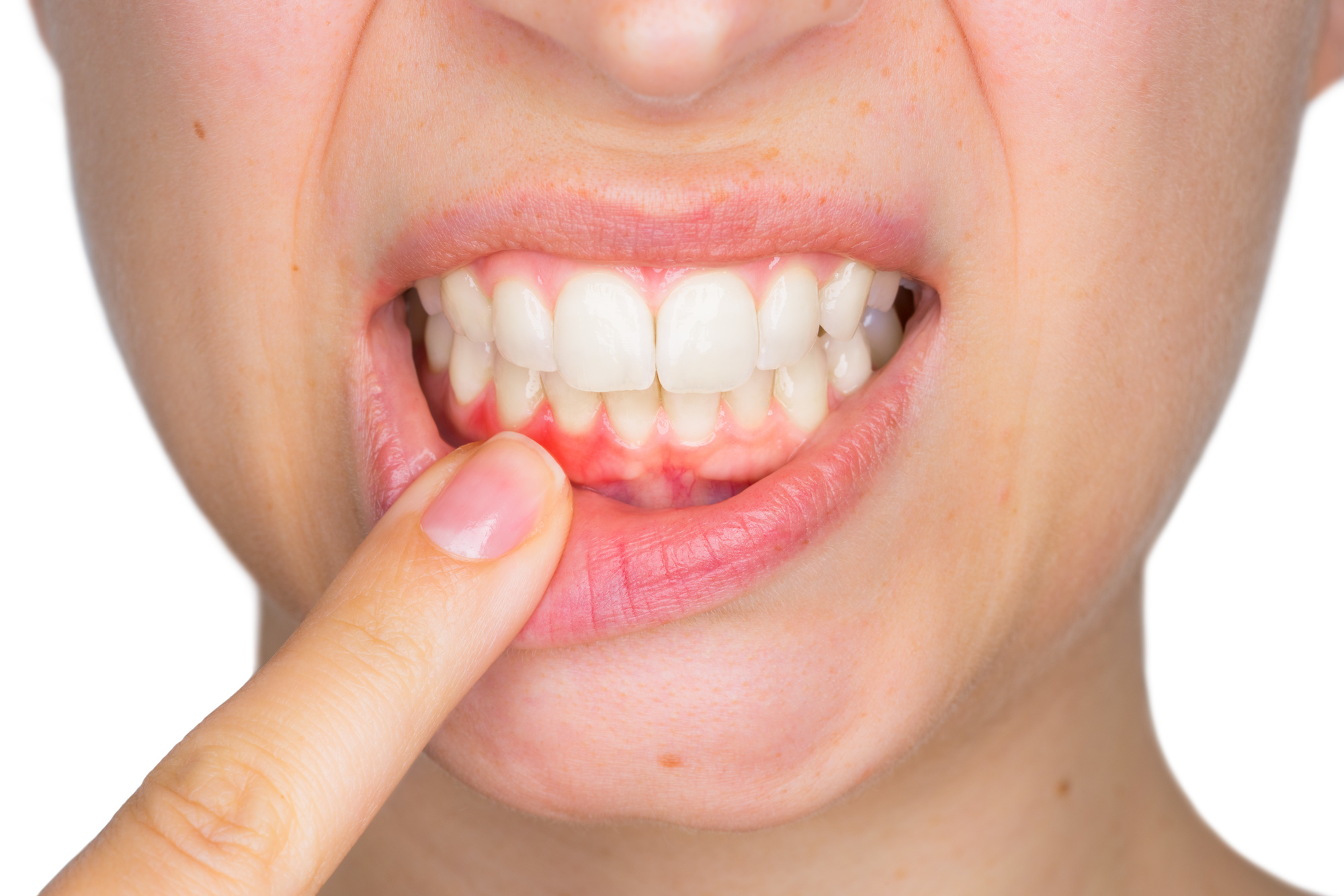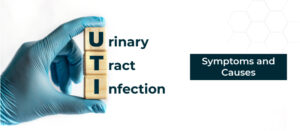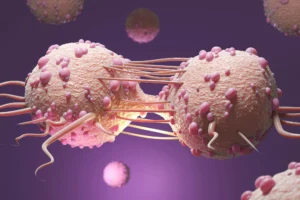Within the field of oral health, distinguishing common ailments such as canker sores from more severe conditions like mouth cancer is very important because it enables one to seek intervention and manage them promptly. Even though both can take the form of lesions in the oral cavity, knowing their dissimilarities in signs and symptoms helps make accurate diagnoses, which then brings about peace of mind.
What Is Canker Sores?
Known also as aphthous ulcers, canker sores are small, painful wounds that appear on soft tissues inside a person’s mouth, including the lips, cheeks, gums, tongue, roof of the mouth, etcetera. These ulcers are usually non-malignant and not contagious, often going away by themselves within one or two weeks, but they can be quite uncomfortable and may interfere with daily activities such as eating and talking.
Common Symptoms & Signs Of Canker Sores:
1. Painful Ulcers: Canker sores typically manifest as small, roundish-shaped open sores with a white or yellowish center and red bordering around it; surrounding tissue may look inflamed or irritated.
2. Discomfort When Eating Or Speaking: A canker sore could cause pain while eating, drinking, or speaking, especially when it comes into contact with acidic, spicy foods or itself.
3. Burning Sensation: People who have the canker sore might feel a burning tingle at the site before the ulcer becomes visible; this discomfort can last throughout the time the lesion remains present.
4. Short Duration: Canker sores usually heal within one to two weeks without leaving scars; recurrent episodes may occur intermittently.
What Is Oral Cancer?
Mouth or Oral cancer is a malignant growth that develops anywhere within the oral cavity, including the lips, tongue, gums, cheeks, floor of the mouth, palate, etcetera. Unlike canker sores, which are a benign, self-limiting disease process, mouth cancer is a life-threatening condition that requires urgent medical attention for proper cancer diagnosis and treatment.
Common Symptoms & Signs Of Oral Cancer:
1. Persistent Ulcers or Lesions: Oral cancers can be non-healing sores or lesions that last more than two weeks; these ulcers may not hurt at all, but they might cause discomfort, pain, swelling, and tenderness around them.
2. Changes in Texture or Color: Compared with adjacent tissues, cancerous cells show different texture and color appearances; they may look white, combined, raised, and roughly indurated (hardened).
3. Difficulty Swallowing Or Speaking: Dysphagia (difficulty swallowing) chewing speaking due to tumors obstructing the oral cavity or affecting nearby structures as cancer grows worse
4. Unexplained Bleeding Or Numbness: Bleeding from the throat, mouth, or gums without apparent cause, numbness, loss of sensation within the lips, cheeks, tongue, floor of the mouth, etcetera, can signify advanced-stage mouth cancer.
When To See A Doctor:
Although most canker sores are harmless and often resolve themselves after some time, any oral lesion that does not go away within two weeks should be looked into by a healthcare professional because it could turn out malignant. Early detection means better outcomes, so people need to undergo regular check-ups for their mouths so that abnormalities found can be acted upon promptly when still small.
Differentiating between canker sores and oral cancer means knowing how they differ regarding their signs and symptoms. Canker sores are harmless, self-limiting ulcers that usually heal within one to two weeks. Conversely, oral cancer appears as persistent, potentially malignant lesions with changes in texture, color, or appearance. Thus, it is important to seek immediate medical assessment for any suspicious oral lesion to have it diagnosed rightly and managed appropriately, which will lead to better outcomes in terms of oral health as well as overall well-being.
Risk Factors:
Developing oral cancer, including tobacco use, drinking too much alcohol over time, getting infected with human papillomavirus (HPV), and long-term exposure to sunlight on the lips. People who have had such risk factors should be extra careful about their oral health and should see a doctor if they notice any suspicious sores.
Conclusion:
Although mouth ulcers and oral cancer both appear as lesions in the mouth, they differ significantly in many respects, such as what they are caused by or look like or how they feel.
Cankers are harmless, temporary sores that vanish within one or two weeks. In contrast, mouth cancers often show up as permanent lumps with abnormal textures, colors, or shapes that may become malignant if not treated early enough. Knowing these discrepancies will enable people to identify warning signs for mouth cancers and seek immediate medical help where necessary, guaranteeing better dental care and general health outcomes.







